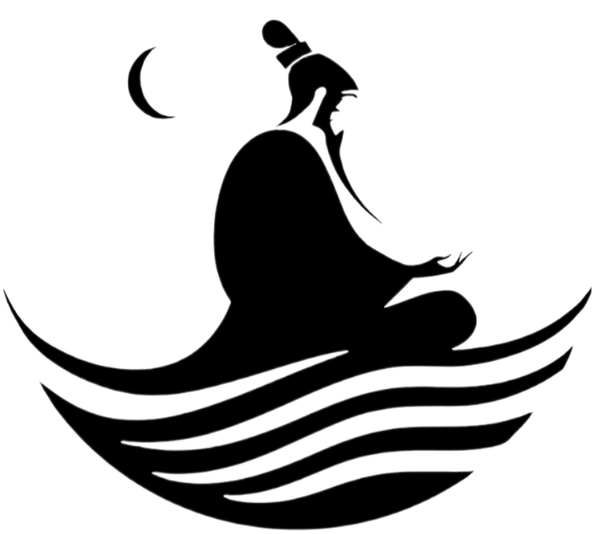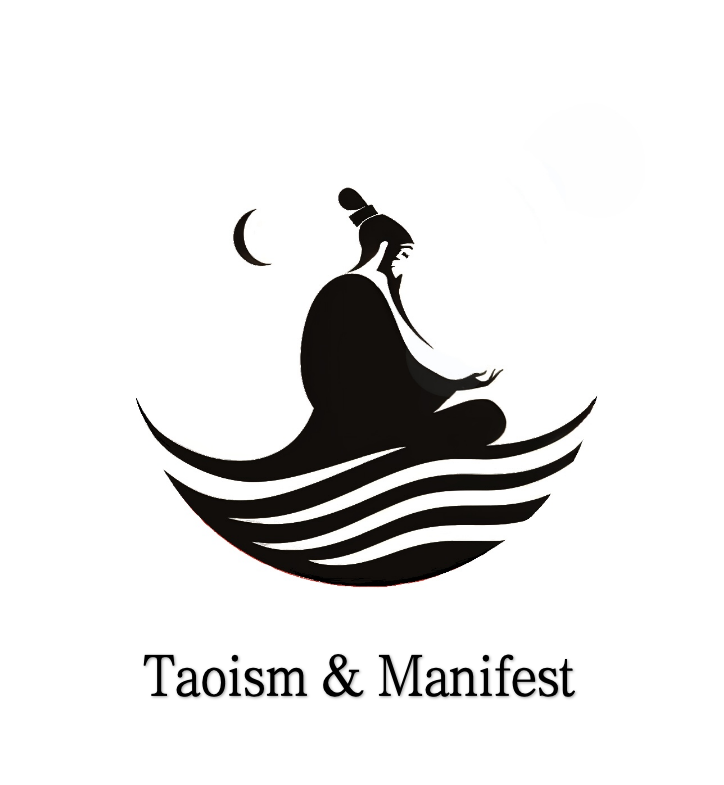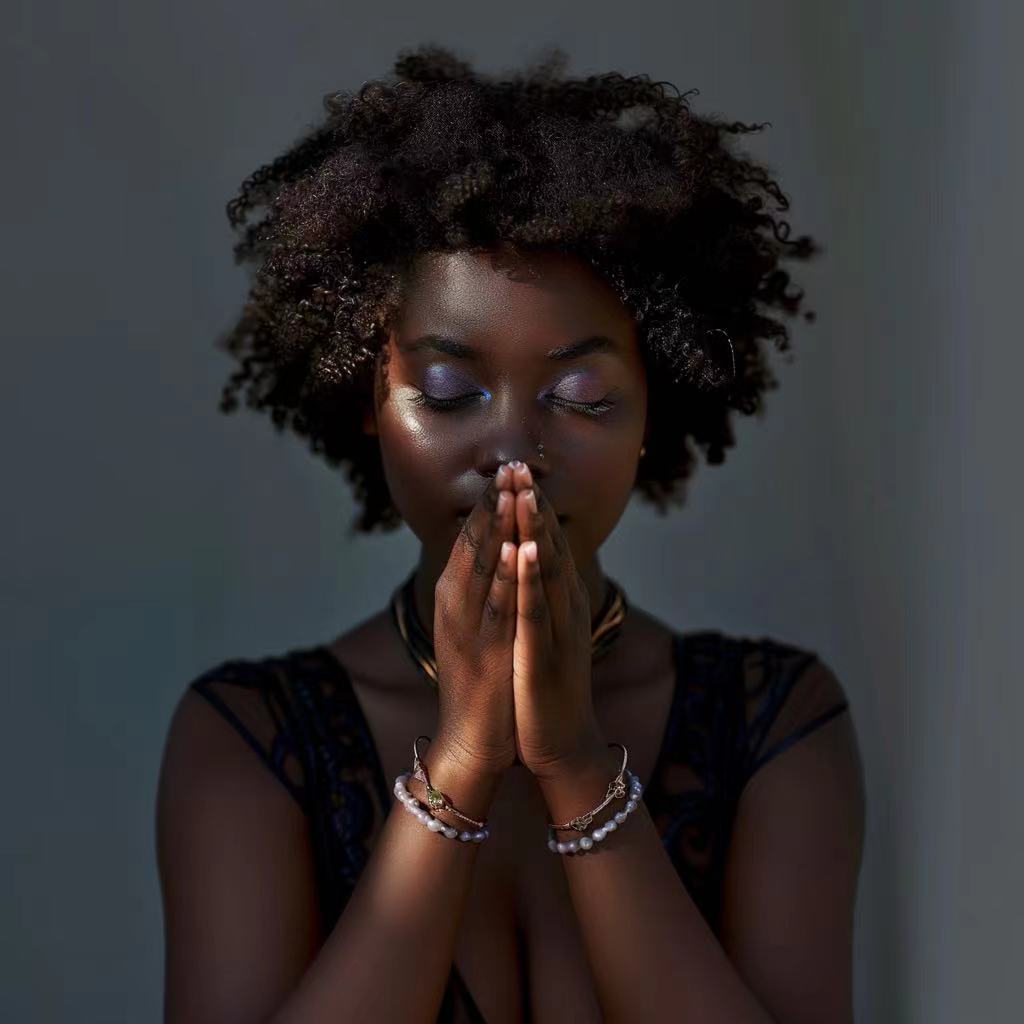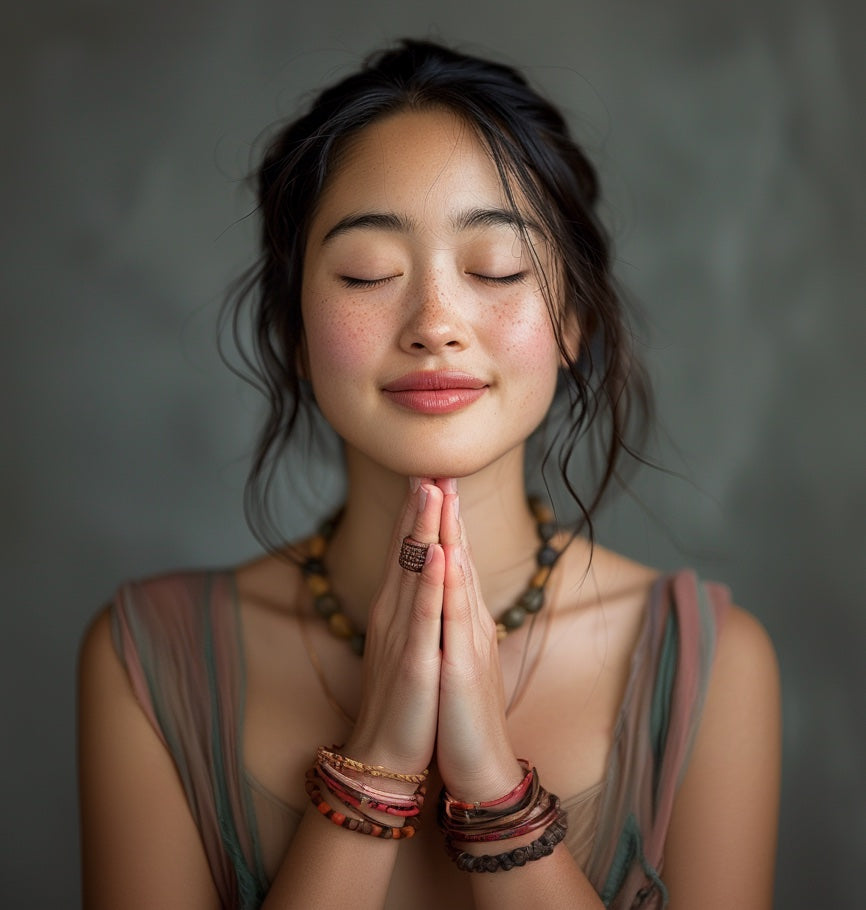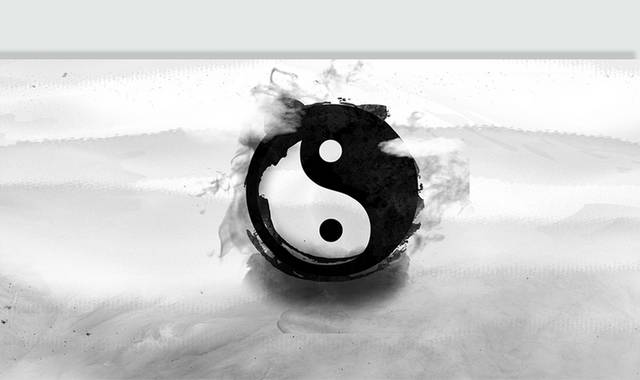
The taiji diagram is also called the yin and yang or taijitu symbol. It is one of the most famous Taoism symbols. People see it a lot on teaware, jewelry, and home decor. This symbol comes from old Chinese philosophy. It shows the harmony of yin and yang. Taoism values balance and harmony in life. The taiji tu and Bagua both remind people about cycles and unity in the world. Taoism teaches that these symbols help people find peace and order.
Key Takeaways
The taiji chart, called the yin-yang symbol, shows balance. It shows how two opposite forces are connected in life.
The Bagua map has eight trigrams. It explains how yin and yang mix to make natural cycles. It also shows how energy moves.
Both symbols teach that change is normal. They show that balance helps people live in peace with the world.
People use these symbols in art and home design. They also use them in rituals and health habits to bring good energy.
Learning about these symbols helps us see unity in nature. It helps us notice how things always move and change in our lives.
Taoism Symbols Overview
What Is the Yin-Yang Symbol?
The yin-yang symbol is also called the taiji chart. It is one of the most important symbols in Taoism. The symbol looks like a circle split into two swirling parts. One side is black and the other side is white. Each side has a small dot of the other color. This design shows that Yin and Yang are two forces in the universe. Yin means darkness, rest, and coolness. Yang means light, activity, and warmth. These two forces are always moving and changing. They work together to keep things balanced.
People first used the yin-yang symbol during the Song Dynasty, about 1,000 years ago. But the idea of yin and yang is even older. It comes from ancient Chinese books like the I Ching. Taoism teaches that the world needs both yin and yang to work well. When these forces are balanced, life goes smoothly. The yin-yang symbol reminds people to find balance in their lives. This can be in health, friendships, or nature. Many people put this symbol on teaware, jewelry, or home decor. It helps bring peace and unity.
What Is the Bagua?
The Bagua, is another main symbol in Taoism. It looks like a circle with eight groups of lines around it. These groups are called trigrams. Each trigram stands for something in nature, like heaven, earth, water, or fire. The Bagua shows how yin and yang mix in many ways. This mixing creates everything in the world. Taoist ideas use the Bagua to explain nature’s cycles and the flow of qi, or energy.
The Bagua comes from old Chinese ideas and the I Ching. Taoist teachers used the Bagua to help people live in harmony with nature. The Bagua is also used in rituals, meditation, and martial arts. People use the Bagua at home to try to bring good luck and balance. Both the taiji chart and Bagua teach about cycles, change, and harmony in Taoism.
Yin and Yang in Taoism
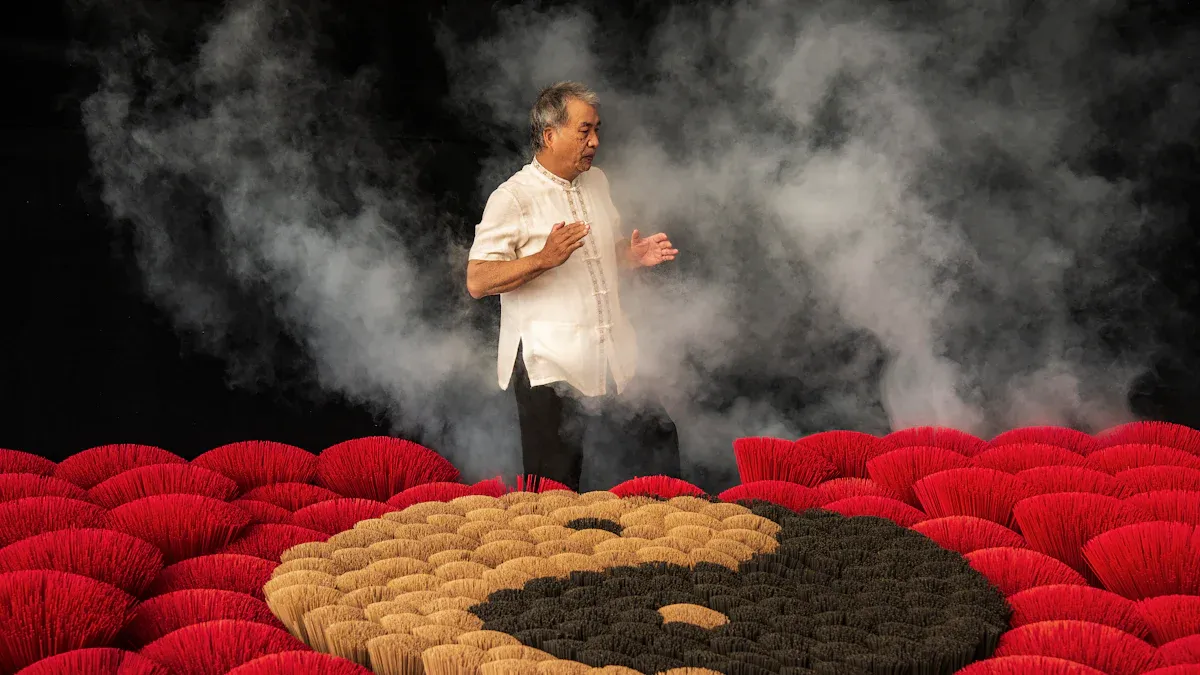
Symbolism of the Yin and Yang Symbol
The yin-yang symbol, also known as the taiji chart, stands out as a powerful image in Taoism. This diagram shows a circle divided by a flowing S-shaped line into two teardrop shapes. One side is black, called yin, and the other side is white, called yang. Each half holds a small dot of the opposite color. This design carries deep symbolism.
The circle represents wholeness and unity. It shows that everything in the universe connects.
The black half, yin, stands for darkness, coolness, rest, and feminine qualities.
The white half, yang, stands for light, warmth, activity, and masculine qualities.
The S-shaped curve shows movement and the constant flow between yin and yang.
The small dots remind people that nothing is pure yin or pure yang. Each side always contains a bit of the other.
The swirling motion of the diagram shows that yin and yang never stay still. They change and transform into each other.
This yin-yang symbol appears in many places, from teaware to home decor. People use it to remind themselves of balance and harmony. The diagram of yin and yang also helps explain how Qi, or life energy, moves through everything. In Taoist symbolism, this balance keeps the world in order.
Philosophical Meaning
Taoism teaches that yin and yang are not just opposites. They are partners that work together. The black and white halves of the yin-yang symbol show two forces that depend on each other. Yin and yang can mean many things, like night and day, rest and action, or cold and heat. These pairs are not in conflict. Instead, they support and complete each other.
The yin-yang symbol shows that life is full of cycles. Day turns into night, and winter becomes spring. Each change brings balance. The small dots in each half show that nothing is ever just one thing. Even in the darkest night, there is a hint of light. Even in the brightest day, there is a shadow. This idea helps people understand that change is natural and healthy.
Taoist philosophy uses the yin-yang symbol to teach about harmony. When yin and yang are balanced, qi flows smoothly. This brings health, peace, and happiness. If one side grows too strong, problems can appear. Taoism encourages people to notice these changes and adjust their lives. This can mean resting after hard work or seeking calm after excitement.
The yin-yang symbol reminds everyone that balance is not about staying the same. It is about moving with the cycles of life and finding harmony in change.
Taoist texts like Tao Te Ching explain these ideas. They say that yin and yang show how the universe works. Everything has two sides, and both are needed for life to grow. Understanding this helps people live with less stress and more joy. The taiji chart is more than just a picture. It is a guide for living in harmony with nature and the flow of qi.
Bagua and Taoist Cosmology

Structure of the Bagua
The Bagua, also called the ba gua, forms a key part of Chinese cosmology. People often see the Bagua map as a circle with eight groups of lines, called trigrams, arranged around a central Yin and Yang symbol. Each trigram uses three lines. These lines can be solid, showing yang, or broken, showing yin. The pattern of solid and broken lines creates a unique symbol for each trigram.
The Bagua map shows how Yin and Yang interact to create everything in the world. The he tu diagram, an ancient pattern of dots and lines, inspired the arrangement of the ba gua. The he tu diagram shows the balance of numbers and directions, which later shaped the Bagua’s design. The Bagua map appears in two main forms: the Earlier Heaven (Fuxi) arrangement and the Later Heaven (King Wen) arrangement. The Earlier Heaven Bagua shows cosmic balance and harmony. The Later Heaven Bagua shows change and movement in daily life.
Each trigram in the Bagua links to a direction, a family member, a body part, and one of the five elements. The five elements—wood, fire, earth, metal, and water—connect the trigrams to nature and the flow of Qi. The Bagua map acts as a guide for feng shui, helping people arrange spaces to support health and happiness. The eight trigrams also appear in martial arts, medicine, and art.
The Bagua map is more than a symbol. It is a tool that helps people understand the cycles of nature and the flow of energy in the world.
Meaning of Each Trigram
Each of the eight trigrams in the Bagua has its own meaning and symbolism. The trigrams use different patterns of yin and yang lines to show natural forces and family roles. Here is a simple guide to the eight trigrams:
Trigram Name |
Symbol |
Meaning |
Direction |
Element |
Family Role |
|---|---|---|---|---|---|
Qian |
☰ |
Heaven, creativity, strength |
Northwest |
Metal |
Father |
Kun |
☷ |
Earth, nurturing, devotion |
Southwest |
Earth |
Mother |
Zhen |
☳ |
Thunder, movement, growth |
East |
Wood |
Eldest Son |
Xun |
☴ |
Wind, gentleness, flexibility |
Southeast |
Wood |
Eldest Daughter |
Kan |
☵ |
Water, depth, mystery |
North |
Water |
Middle Son |
Li |
☲ |
Fire, clarity, brightness |
South |
Fire |
Middle Daughter |
Gen |
☶ |
Mountain, stillness, stability |
Northeast |
Earth |
Youngest Son |
Dui |
☱ |
Lake, joy, openness |
West |
Metal |
Youngest Daughter |
The Bagua uses these trigrams to show how yin and yang work together. For example, Qian (Heaven) uses three solid yang lines, showing pure strength and creativity. Kun (Earth) uses three broken yin lines, showing support and care. The other trigrams mix yin and yang lines in different ways, showing the balance of movement and stillness, light and dark, and other pairs.
The five elements connect each trigram to a part of nature. For example, Zhen links to wood and the east, while Li links to fire and the south. The ba gua map helps people see how these forces shape the world and guide the flow of qi. In feng shui, people use the Bagua map to place objects and design spaces that support harmony and well-being.
The he tu diagram also plays a role in the meaning of the trigrams. It shows the order of numbers and directions, which matches the arrangement of the ba gua. This connection helps people understand the cycles of time, space, and energy.
The eight trigrams form the base of the I Ching, or Book of Changes. By combining two trigrams, people create 64 hexagrams. These hexagrams help people answer questions and make choices. The Bagua map, with its trigrams, five elements, and links to the he tu diagram, stands at the heart of Chinese cosmology.
The Bagua map reminds everyone that the world is always changing. By learning about the trigrams and their meanings, people can find balance and harmony in their lives.
Taoism Symbols in Design
Artistic and Architectural Expressions
Artists and builders use the taiji chart and yin-yang symbol in many ways. The black and white shapes show up on teapots, jewelry, and home items. These designs remind people about balance. In old Chinese buildings, doors and windows are placed with care. Builders think about the five elements and how qi moves. For example, architects use feng shui to face houses the right way. They also make sure sunlight comes in, which brings yang energy. Red and gold colors mean yang. Green and blue colors mean yin. This planning helps people and nature get along.
Some famous buildings, like the Bank of China Tower and HSBC Building in Hong Kong, use Bagua and taiji ideas. In martial arts, Bagua zhang uses the eight trigrams from the Bagua. Each move matches a trigram and shows how qi flows. Artists also paint the five elements—wood, fire, earth, metal, and water. These show how everything in life is connected and always changing.
The taiji diagram and five elements help artists and builders make things that feel calm and balanced.
Symbolism in Rituals and Cultural Practices
People use these symbols in many rituals and daily habits. During feng shui rituals, the Bagua map helps families set up their homes for luck and health. The five elements guide where to put furniture and decorations. This makes sure qi moves well in every room. In meditation, people look at the yin-yang symbol to find calm and balance. Taoist priests use the Bagua and trigrams in ceremonies for safety and healing.
Chinese festivals often have dragons and phoenixes. These animals stand for yin and yang working together. Ritual flags and lucky charms show the five elements and the taiji diagram. These bring blessings and keep people safe. In old medicine, doctors use the five elements to see how qi moves in the body and to keep people healthy.
These symbols do more than decorate. They help people remember why balance, cycles, and harmony matter in life.
The yin-yang symbol and Bagua help us see how balance and change are important in the world. People have used these symbols for a long time in art, health, and making choices every day. Even now, they help people find harmony and spark new ideas in life.
"The two main forces make four images. The four images make the eight trigrams."
You can find these symbols around you and remember that balance and unity matter.
FAQ
What does the taiji diagram show in Taoism?
The Taiji diagram, also called the yin-yang symbol or taiji chart, shows the harmony of yin and yang. It teaches that everything in the world connects. People use this symbol to remember the importance of balance and unity in daily life.
How does the Bagua map help with feng shui?
The Bagua map uses eight trigrams to guide the flow of qi in a space. People use it in Feng Shui to place objects for better harmony and health. The map connects to the five elements and helps create a peaceful home.
Why do Taoism symbols appear on teaware and jewelry?
Taoism symbols like the taiji chart and Bagua often decorate teaware, jewelry, and home items. These designs remind people about balance, cycles, and the harmony of yin and yang. They also bring a sense of peace and good luck.
What do the eight trigrams mean?
The eight trigrams in the Bagua each stand for a force in nature, such as water, fire, or wind. These trigrams show how yin and yang mix to create change. They help explain ancient Chinese philosophy and the cycles of life.
How do the five elements relate to Taoist symbolism?
The five elements—wood, fire, earth, metal, and water—connect to the trigrams and the Bagua. They show how everything changes and grows. Taoist symbolism uses these elements to explain balance, movement, and the flow of qi in the world.
